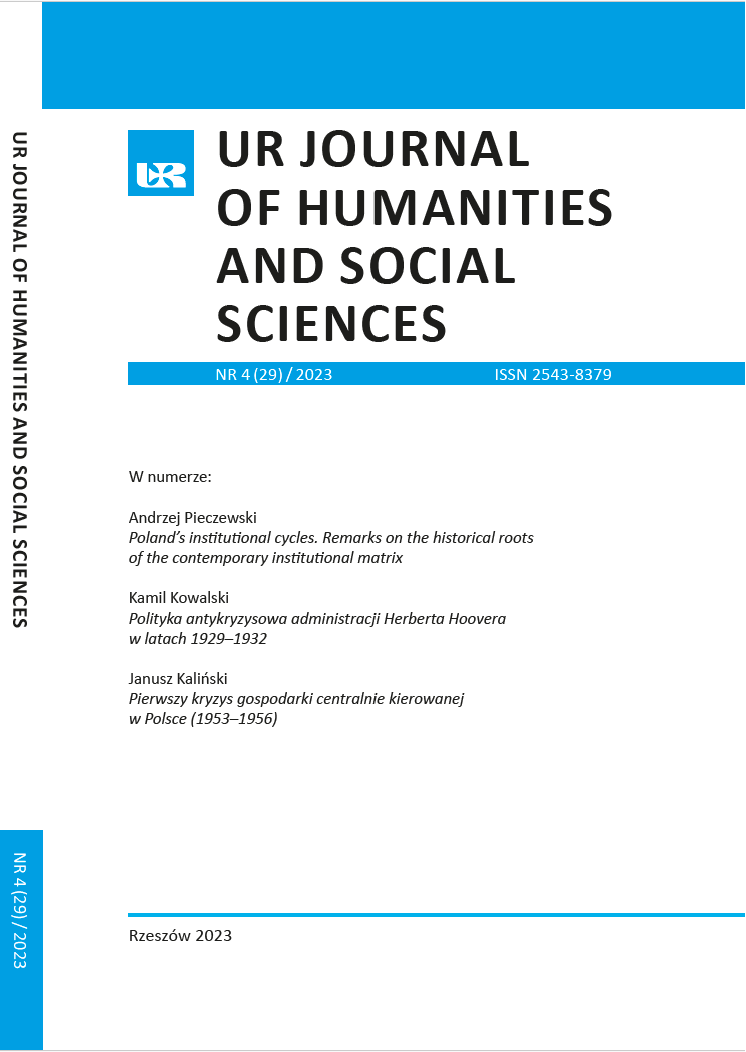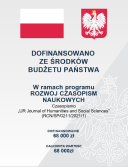The first crisis of the centrally planned economy in Poland (1953–1956)
DOI:
https://doi.org/10.15584/johass.2023.4.6Keywords:
People's Republic of Poland, centrally planned economy, economic policy, economic situation, living conditions of the populationAbstract
In a centrally managed economy, contrary to the doctrinal assumptions and despite a widely developed planning system, strong fluctuations in economic growth and deep macroeconomic imbalances, characteristic of every economic crisis, were common. The consequence was a glaringly low satiation of the population's consumption needs, negligence in terms of economic and social infrastructure, and a growing distance in relations to developed countries with a market economy. In Poland, these phenomena manifested themselves in full force in the years 1953-1956, as a consequence of undertaking a forced industrialization associated with the development of the armaments industry and the socialization of agriculture. Despite an increase in industrial production, mainly investment goods, the market balance collapsed and the living conditions of the population rapidly deteriorated. It became necessary to introduce consumption rationing and raise administratively established food prices. The crisis of the mid-1950s initiated a specific socio-economic cycle that lasted throughout the period of People’s Republic of Poland and was defined by repeated violent social uprisings. Their culmination in the 1980s led to the collapse of the system imposed on Poland and the pathological economy.
Downloads
Downloads
Published
How to Cite
Issue
Section
License
Copyright (c) 2023 UR Journal of Humanities and Social Sciences

This work is licensed under a Creative Commons Attribution-NonCommercial 4.0 International License.



